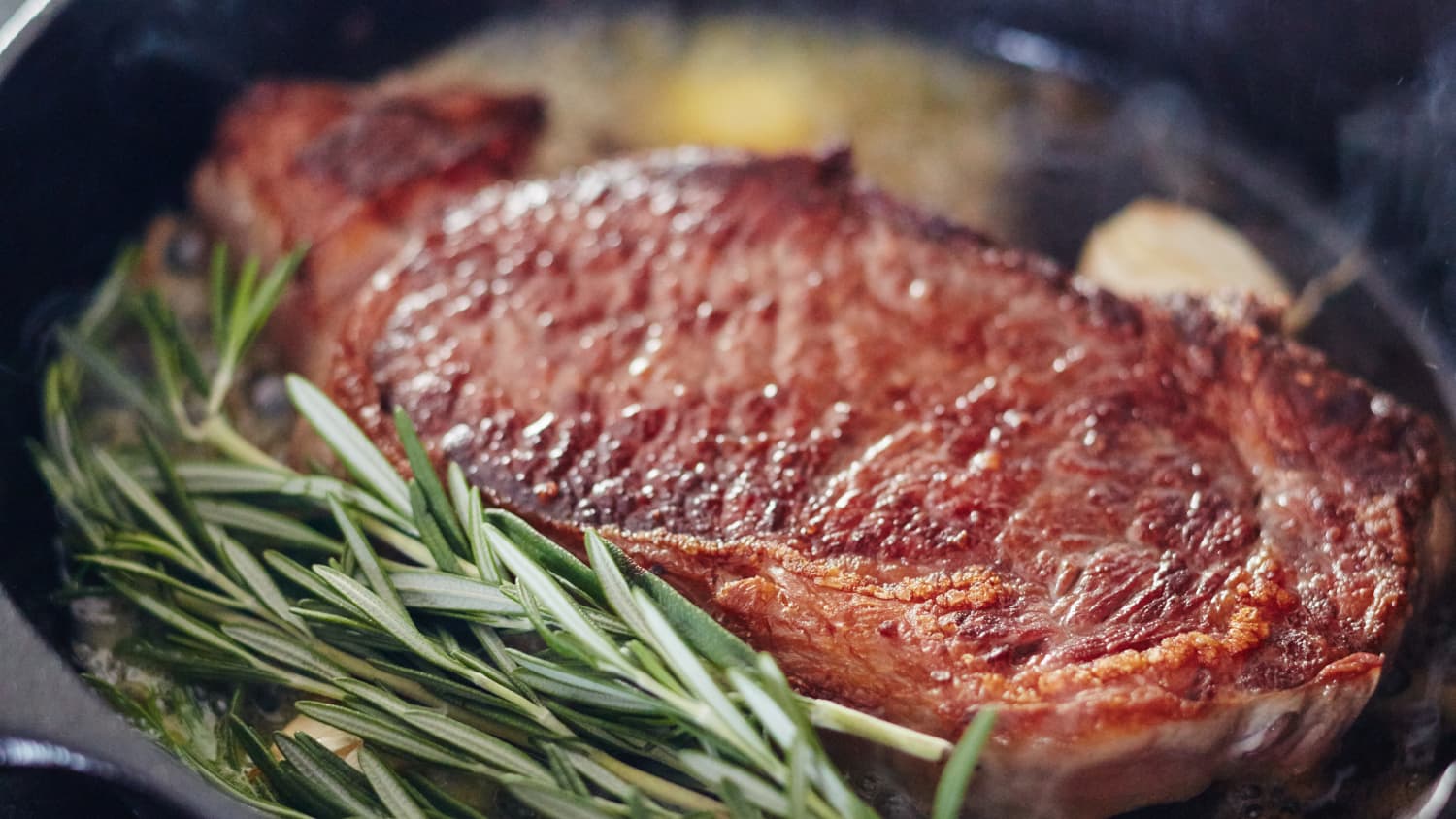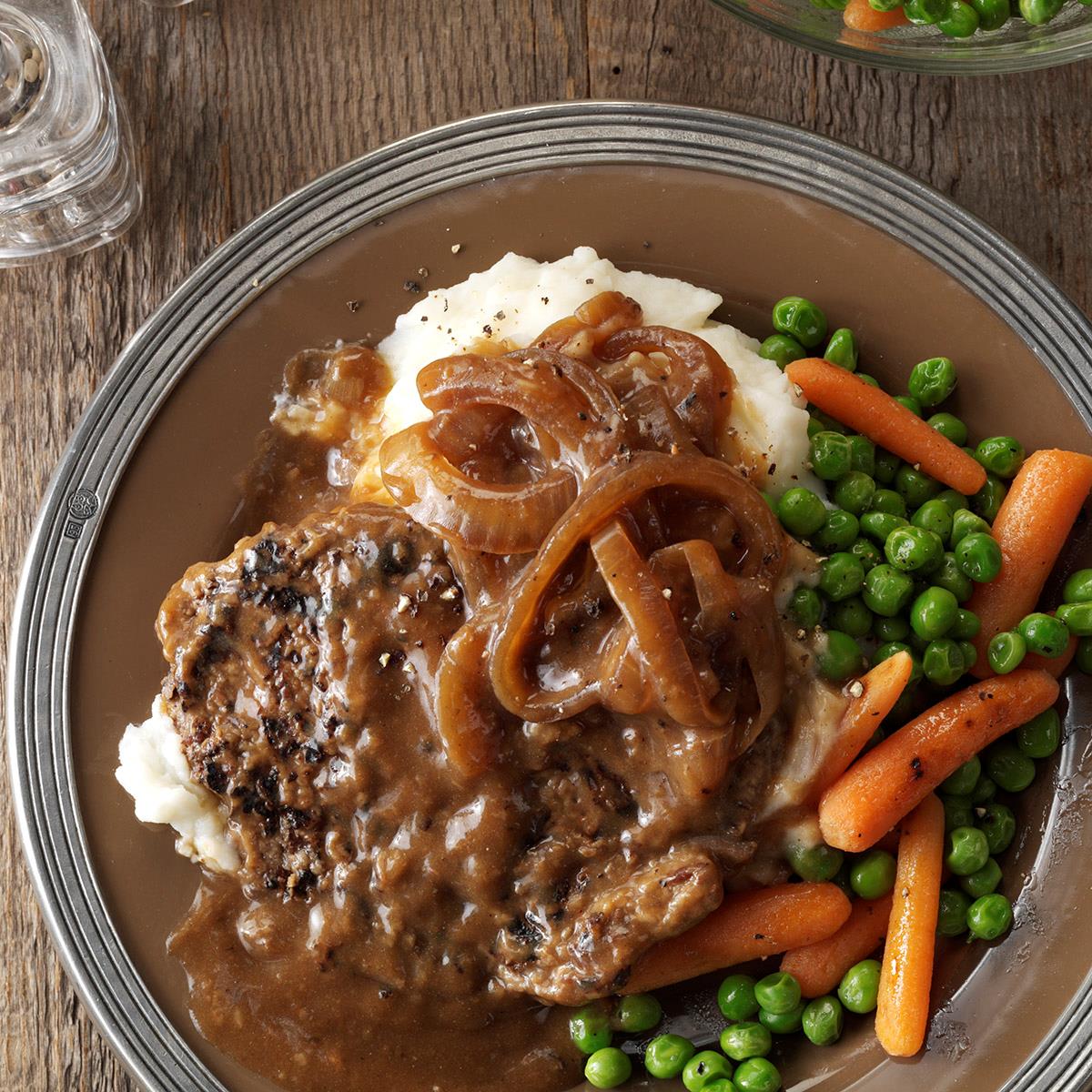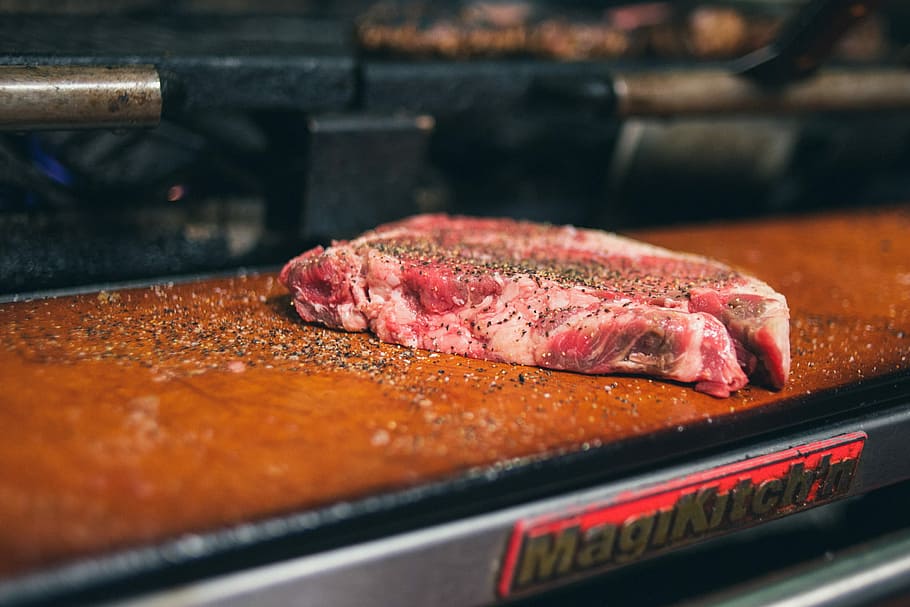
The minute steak is a small cut of beef about a quarter of an inch thick. This is considered a premium grade cut. It can come from any muscle, but must not exceed one meter in thickness. Sirloin is the most commonly used source for minute steaks. Similar steaks can be purchased at most supermarkets, but make sure you check the thickness. You should cook the steak for 2 to 3 minutes on each side.
Pre-heat a large skillet on medium heat. Add the steaks to the skillet and season both sides. Sprinkle flour on a plate. Grill the steaks until golden and crispy for about four to five minutes. Then transfer them to a serving platter and serve them with gravy. These quick and simple recipes are sure to please guests. This recipe is perfect for your next steak preparation.

You can use a pounder to pound the meat by hand if you are concerned about its thickness. To avoid cutting through the meat, use a sharp edged knife and a large knife. Flip the steak over once you've done the first side. This is an easy, quick and delicious way to cook tender beef. It will leave your kitchen smelling fresh, and the steak is ready in no more than a few minutes.
The minute steak is an excellent option for a fast meal. It is easy to cook in just 15 minutes and requires very little clean-up. It is also cheaper than other cuts of beef. Because it is thin and lean, this steak can be easily overcooked. This is why it should not be cooked in large quantities. The ideal time to cook minute steaks is two to three minutes per side. Next, drizzle some butter or ketchup on the steaks.
Cube or round steak are also known as minute steak. It is the smallest size cut of beef. It is usually cut from the top of the sirloin. It has a thickness of less than one quarter inch. Because it is so thin, it is a great choice for busy chefs and budget-conscious consumers. As long as you follow the guidelines of the cut, you will have a delicious and healthy meal. To enjoy this cut, you don't need to be a professional chef.

The minute steak can be cut thinner than a cube of steak. It measures about 1/4 inch thick and doesn't require tenderizing. It is cut from the round primal cut of beef and is not recommended for use in stir-fries. Cubes can be a healthier choice than a classic steak. It has a similar flavor and texture. You have the option to choose from a number of different types of beef.
FAQ
What is the cost to study culinary arts?
It is not easy to find a culinary arts degree that costs less than $40,000. For example, a four-year degree typically costs around $40,000. A two-year associate's level degree can cost less than $5,000. The type of program you choose will determine the tuition rates. The prices charged by private institutions are generally higher than the public.
What does a culinary program cost?
The costs of culinary school can vary depending on where and how long it takes. Tuition costs range from $10,000 to $30,000. The majority of students graduate with around $20,000 in student debt. Some programs offer work-study, grants, scholarships and grants.
How do I get hired to cook?
Word of mouth can help you get a job as an experienced cook. Friends and family might know of a restaurant in need of additional staff. A lot of restaurants also advertise their openings on bulletin boards or websites.
Do I need to attend culinary school to become a cook?
No. No. Many chefs began their careers learning by themselves. Some went to culinary school simply to gain experience. Culinary school is preferred by most chefs because they have more opportunities to grow and learn. Culinary schools provide hands-on training that helps students develop valuable skills and enhance their culinary knowledge.
Statistics
- The median pay for a chef or head cook is $53,380 per year or $25.66/hour, according to the U.S. Bureau of Labor Statistics (BLS). (learnhowtobecome.org)
- You'll be amazed that over 90% of CIA students receive scholarships and grants to finish their culinary studies. (ischoolconnect.com)
- According to the BLS, chefs earn $58,740 a year. (learnhowtobecome.org)
External Links
How To
How to make the perfect omelet
Omelets have always been a favourite food to eat for breakfast. But how do they turn out so perfectly? Many different recipes and methods have failed to work for me. I have some tips and tricks to help you make delicious, fluffy omelets every single morning.
We should first know that eggs are very temperamental ingredients when making omelets. They must be fresh, preferably from the organic market, and be kept cold until cooking. The yolks and whites will not form properly if they aren't kept cold enough. This makes your omelets look weirdly colored. It is best to use room-temperature eggs if you are going to cook them right away.
Another tip is to separate your egg before adding it into the pan. You don't want the white to get mixed with the yolk, as this could cause the egg to curdle.
The bottom part of an egg that is added directly to the stovetop might be burned, which could cause a ruined texture in your omelet. Instead, place the egg in the microwave for 10 second before you put it in the skillet. The microwave heat cooks your egg just right, without it becoming too soft.
Next, let's talk about mixing the eggs. Mixing eggs together is important. You need to beat them well. To do this, grab the bowl of the mixer and turn it upside down. Now shake the bowl vigorously. By doing this, the egg is thoroughly mixed with the air in the bowl.
Now comes the fun part - pouring the milk into the mixture. Pour half the milk into the beaten egg mixture and then fold in the eggs. If you still see streaks of eggs, don't worry. These streaks will disappear once the omelet has been turned over.
After folding the eggs fold the pan onto medium heat. When the oil starts to hot, wait for the pan to cook. Add 1/4 cup butter to the oil and swirl it around to coat all sides of the pan. Now carefully crack open the lid of the pan and sprinkle salt into the pan. A pinch of salt will prevent your omelet from sticking in the pan.
Cover the pan once you have formed the omelet. Wait for the top to set. Flip the omelet with a spatula, or flip it upside down. Cook the second side for a minute or so. Remove the omelet from the pan and serve immediately.
This recipe is best when used with whole milk. But, you can use skimmed milk as well.